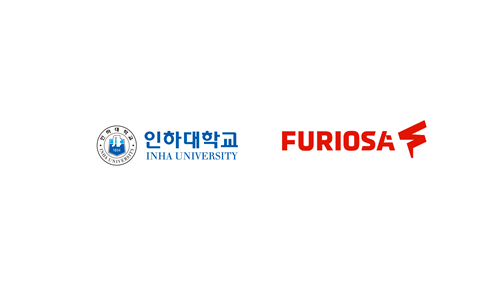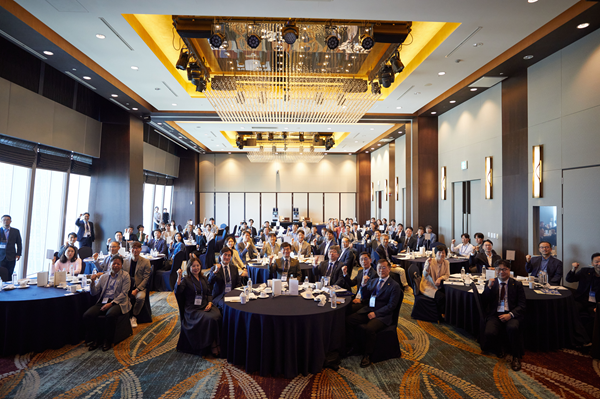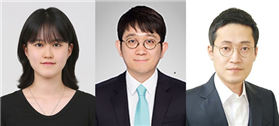.png) ▲Attendees pose for a commemorative photo at the launch ceremony of the Inha Institute of Technology, a Sino-foreign cooperative education institution established by Henan Polytechnic University and Inha University.
▲Attendees pose for a commemorative photo at the launch ceremony of the Inha Institute of Technology, a Sino-foreign cooperative education institution established by Henan Polytechnic University and Inha University.
Inha University recently held the launch ceremony for the Inha Institute of Technology, a Sino-foreign cooperative education institution jointly established with Henan Polytechnic University in China.
The ceremony was attended by Inha University President Myung Woo Cho, Vice President for External Affairs Woonghee Kim, Global Affairs Director Taejoon Jeon, as well as Henan Polytechnic University President Wu Zhishen and Vice President Zhao Renyong.
During the launch ceremony, the two universities established a Joint Steering Committee to build an official operational system and discussed future cooperation directions along with detailed implementation plans.
Inha University began pursuing the establishment of this Sino-foreign cooperative education institution in December 2020. After extensive discussions regarding participating departments, admission quotas, and the operational structure, the program received official approval from the Chinese Ministry of Education this September.
China’s Sino-foreign cooperative education system allows Chinese universities with strong educational and research capabilities to jointly operate academic programs with overseas universities upon approval from the Ministry of Education. Institutions (機構) established under this system are independent educational entities jointly founded by a Chinese and foreign university, and the issuance of dual degrees is mandatory.
Because all Sino-foreign cooperative education programs require approval from the Chinese Ministry of Education, the review and approval process is known to be extremely rigorous. Inha University’s newly approved institution represents only the fifth time in history that a Korean university has received approval for an “institution-level” Sino-foreign cooperative education program. Among all Korea-China cooperative education applications submitted for the 2025 academic year—both program-level and institution-level—this is the only case approved, underscoring its significant achievement.
Henan Polytechnic University is one of the most prominent industry-specialized universities in Henan Province and is recognized as one of the province’s four core higher education institutions. The university is widely known for its outstanding research capabilities, including receiving the prestigious National Science and Technology Progress Award (First Class). It has also been selected for China’s “Plan for Educating and Training Outstanding Engineers,” showcasing its strong educational infrastructure and ability to cultivate top-tier engineering talent.
With the launch ceremony complete, Inha University has begun full-scale preparations for operating the Inha Institute of Technology.
The institute will offer undergraduate 4+0 dual-degree programs in Biotechnology, Geoinformation Engineering, and Chemical Engineering.
Under the 4+0 dual-degree model, Chinese students will study for four years at the Inha Institute of Technology using Inha University’s curriculum and, upon completion, receive degrees from both universities.
Faculty members from Inha University will be dispatched to China to deliver lectures in person, ensuring that students receive high-quality and systematic academic instruction.
The university aims to recruit the first cohort of freshmen in September 2026. Chinese students will be admitted through the local university entrance examination system, and the institute plans to enroll 270 students annually through 2037.
Building on the success of Inha University in Tashkent (IUT) — established in 2014 as Korea’s first exported university-level education system — Inha University continues to expand international academic cooperation with leading institutions worldwide.




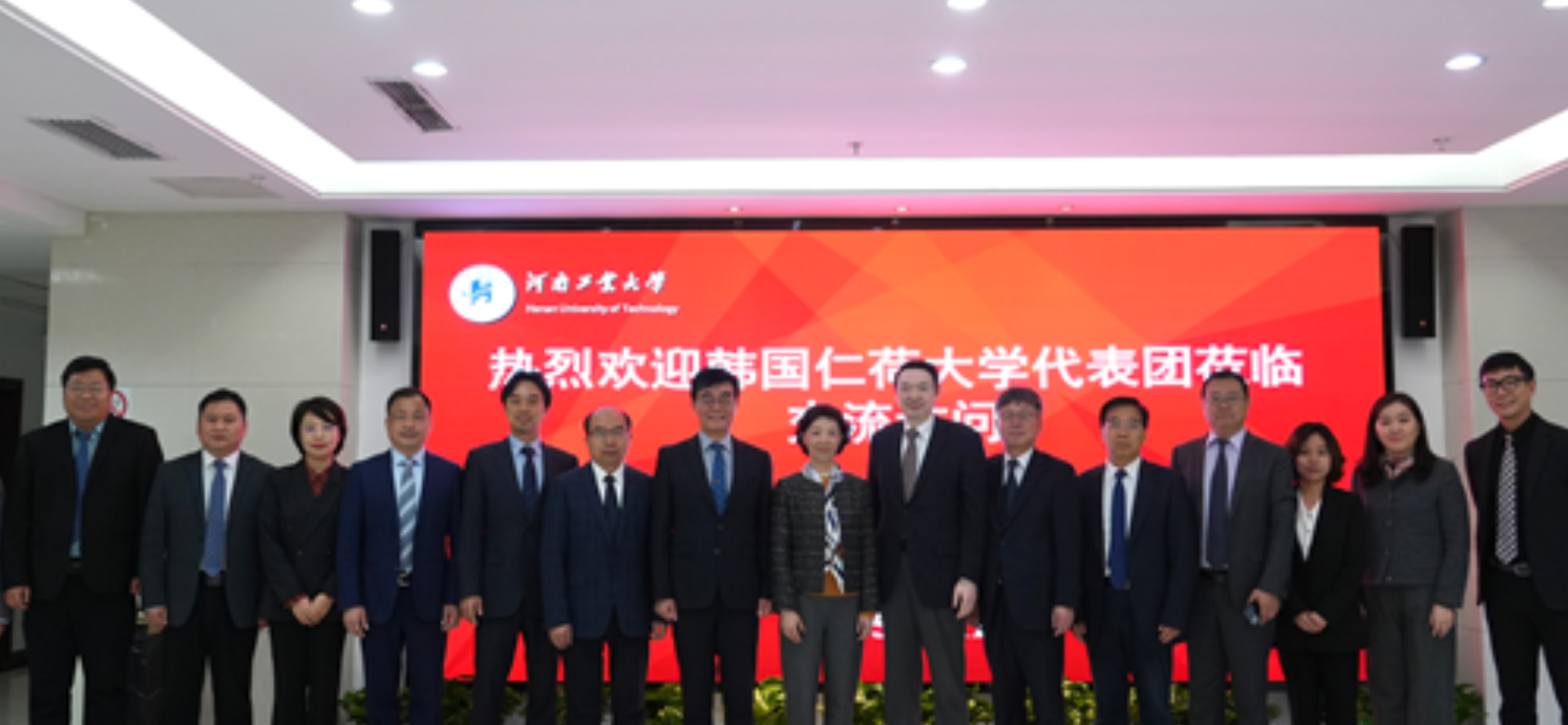
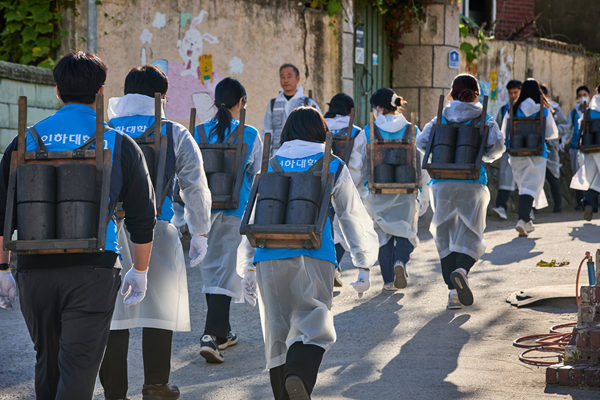

.png)



